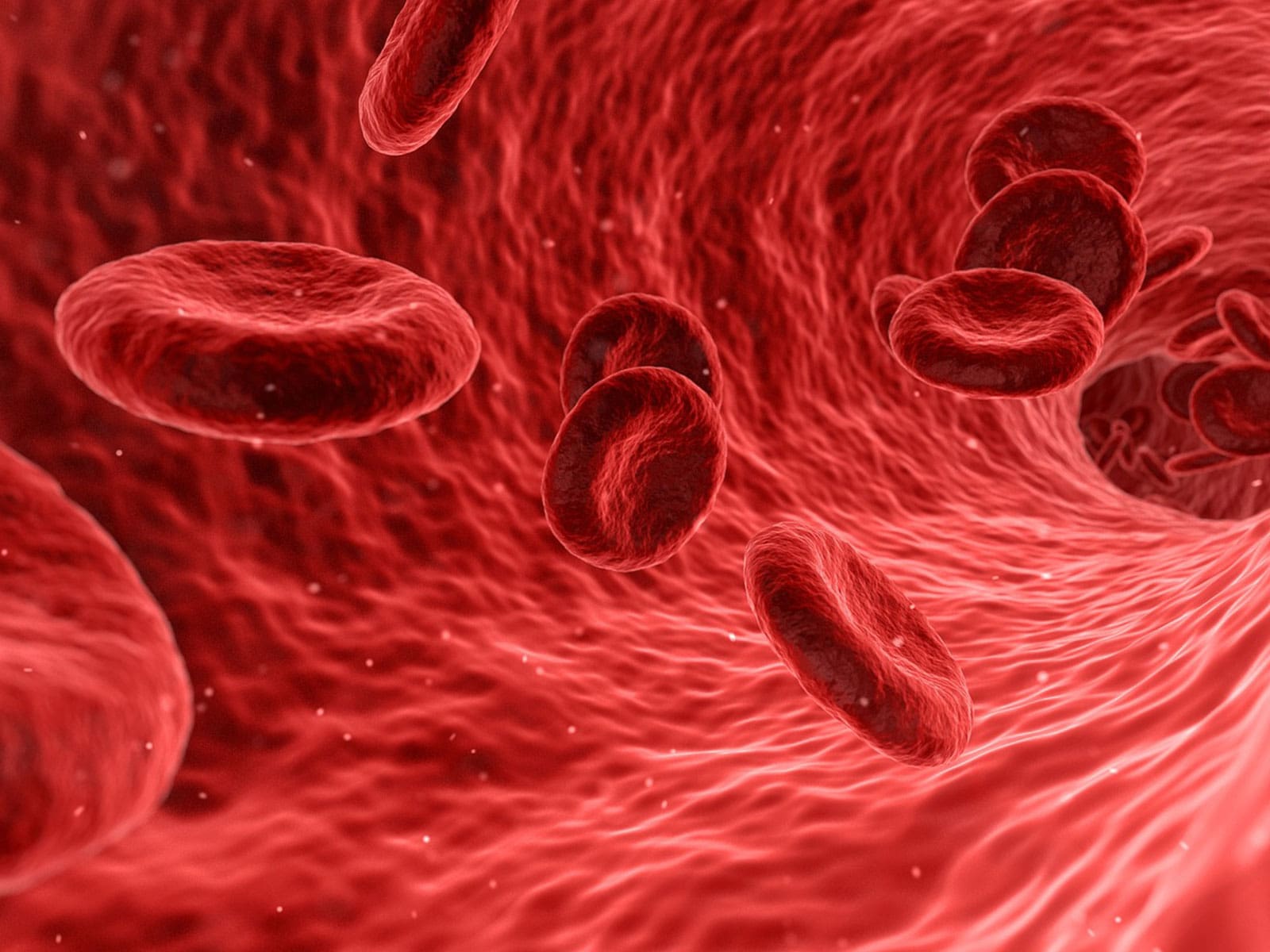The lymphatic system is the group of lymph nodes and lymphatic vessels involved, with their lymph exchange and transport function, in the body's immune defense system. Lymph is an effective system by which the body collects waste materials and fluids from peripheral sites and carries them to purifying organs (liver, kidneys, lungs, lymph nodes).
The thoracic duct is also part of the lymphatic system. It starts in the vicinity of the lower part of the spine and accumulates lymph from the lower limbs, pelvis, abdomen and lower chest.
Lymphedema
Among the abnormalities of the lymphatic system, the lymphedema is a syndrome of extravascular accumulation of lymph or alteration of the lymph vessel and altered lymph formation, leading to water and protein stagnation. Primarily evidenced in the upper and lower limbs, generally, in only one of the two, but it can also develop in the genital zone. The lymphedema must be distinguished from other types of edema, especially in the lower limbs, which can have different causes such as venous, heart and kidney pathologies. Primary lymphedema is congenital, whereas secondary lymphedema is caused by surgery, tumor, inflammation, radiotherapy or osteoarticular disorders in advanced stage.
Symptoms of lymphedema
- 1st STAGE: Occasional cramps, especially at night, tingling, sometimes itching can be confused with other pathologies.
- 2nd STAGE: Heaviness, cramps, itching, increasingly persistent, especially during the evening
- 3rd STAGE: Heaviness, strong tingling, persistent cramps, intense itching, skin tension. Difficulty in movement.
Lymphedema care
Precocious treatment and prevention are very important: prevention can be done by becoming aware of the problem by an examination by your doctor, following his advice. Early-stage therapy uses personalized physiotherapy and manual lymphatic drainage programs, performed by specialists.
Lymphedema is a disease for which there is no cure. However it can be kept under control: after "attack" therapies the lymphedema is kept under control using elastic compression armbands or stockings and by complying with a few appropriate behavioral rules, recommended by your doctor.
Glossary of lymphatic circulation
- Lymphatic vessels: these are thin vessels through which the lymph flows. the pressure from surrounding organs aids the flow of lymph.
- Catabolites: waste products from the body, debris from demolition of proteins and amino acids.
- Dysplasia (congenital lymphatic): abnormal cellular development in an organ or tissue, generally consisting in loss of control mechanisms with replacement of mature cells with immature cells.
- Edema: abnormal accumulation of fluid in interstitial tissue, intercellular spaces and in cells.
- Fibrolymphedema: rigid limb with hardened subcutaneous tissue and trophic disorders (pachydermitis with indurative sclerosis and lymphostatic verrucosis).
- Fibromatosis: a grouping of numerous connective tissue lesions consisting of a proliferation of fibroblasts (the cells of fibrous connective tissue) and which can occur at any age and in any location.
- Dynamic insufficiency (or high flow rate insufficiency): the lymphatic system is intact but has to cope with a protein load that is higher than its carrying capacity.
- Mechanical insufficiency (or low flow rate insufficiency): caused by primary or secondary damage evidencing a normal protein load.
- Hyperplasia: a progressive biological process that leads to growth of the volume of an organ or a tissue due to an increase in the number of cells that constitute it.
- Hypertrophy: increase in the volume of cells making up a tissue or an organ. this modification does not alter the number of cells within the tissue or organ in question but increases their size.
- Chronic hypodermitis (or stasis dermohypodermatitis): this term covers all skin lesions (brown dermatitis, hypodermitis, varicose eczema) due to venous stasis that causes inflammation of the subcutaneous tissue.
- Lymph: a transparent fluid containing water, proteins, salts, glucose from different tissues to blood flow.
- Lymph nodes: small organs located throughout the body and containing cells that fight infection. lymph enters the lymph nodes through the lymph vessels, undergoes chemical changes and returns back into the lymphatic circulatory system.
- Lipoedema: a chronic hereditary disorder of fat distribution in the region of the thighs, legs and pelvis.
- Pachydermia: abnormal thickening of the skin which assumes a wrinkled appearance with coarse folds, similar to the skin of an elephant.
- Sclerosis-induced pachydermitis: an inflammatory process in all the layers of thickened (hypertrophic) skin with interstitial fibrous hyperplasia.
- Lymphatic vessels: these are thin vessels through which the lymph flows. the pressure from surrounding organs aids the flow of lymph.
- Lymphostatic verrucosis: hyperplasia of the epidermis caused by increased pressure in interstitial fluids of the dermis.







